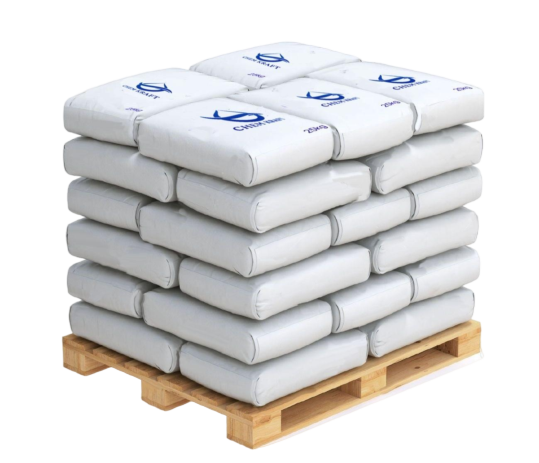Magnesium Fluorosilicate
Magnesium Fluorosilicate (MgSiF6) is a chemical compound that belongs to the family of fluorosilicates. It is a colorless, crystalline solid that is mainly used in various industrial applications due to its unique properties. In this essay, we will explore the formula and applications of Magnesium Fluorosilicate.
Molecular Formula: MgSiF6·6H2O
Mol. Wt: 274.48
Cas No.: 12449-55-7
UN No.: 2853
EMS No.: F-A, S-A
EINECS: 241-022-2
Synonyms
Magnesium Fluorosilicate, Magnesium Hexafluorosilicate
| Molecular Formula: MgSiF6·6H2O Molecular Weight:274.48 | |||
| INDEX | INDEX NAME | ||
| 98 | MgSiF6·6H2O % ≥ | ||
| 0.5 | MgSO4 7H2O % ≥ | ||
| 0.2 | H2SiF6 % ≥ | ||
| 0.6 | Moisture % ≥ | ||
| 0.4 | Water Insolubles % ≥ | ||
| 0.6 | Loss on drying % ≥ | ||

Physical state: Colorless, white diamond or neede Crystal
Odor: Odorless
Melting point: 120℃
Relative density: 1.788
Regular package: 25kg/bag, or according to customer’s requirements.
Storage: Store the container tightly closed in a dry, cool and well-ventilated place. Store apart from foodstuff containers or incompatible materials.
Transportation: Hazardous chemical
UN No.: 2853
Hazard Class: 6.1
Packing Group: III
The formula of Magnesium Fluorosilicate, MgSiF6, represents the combination of one magnesium (Mg) atom, one silicon (Si) atom, and six fluorine (F) atoms. This compound is formed by the reaction of magnesium oxide (MgO) or magnesium carbonate (MgCO3) with hydrofluosilicic acid (H2SiF6). The resulting product is a white, water-soluble powder that exhibits high stability and low toxicity.
Applications a bout hydrofluosilicic
One of the significant applications of Magnesium Fluorosilicate is in the manufacturing of glass and ceramics. This compound acts as a flux, which lowers the melting point of silica and other raw materials used in glass production. By adding Magnesium Fluorosilicate, glassmakers can significantly reduce the firing temperature, thus saving energy and production costs. Additionally, the use of this chemical results in improved transparency and a higher refractive index in glass, making it ideal for optical applications such as lenses and fibers.
Furthermore
Magnesium Fluorosilicate finds its application in the production of enamels and glazes. Its ability to increase the fluidity of molten glazes and reduce surface tension makes it a valuable ingredient in the formulation process. Due to its stability under high temperatures, this compound ensures a consistent and uniform coating on ceramics and metal surfaces. In addition to providing aesthetic appeal, the use of Magnesium Fluorosilicate in enamels and glazes enhances durability and resistance to chemical and physical wear.
Additionally, Magnesium Fluorosilicate has applications in the mining industry. It is commonly used as a flotation agent during the separation of ores. When added to the flotation process, this compound helps to separate valuable minerals from unwanted impurities by forming a froth that rises to the surface. This technique is widely employed in the extraction of minerals such as copper, lead, and zinc.
Lastly
Magnesium Fluorosilicate is utilized in water treatment processes. Its ability to remove heavy metals and impurities from wastewater makes it a valuable coagulant and clarifying agent. By promoting the aggregation and settling of suspended particles, this compound plays a crucial role in purifying drinking water and industrial effluents, thus ensuring a safer environment.
In conclusion
Magnesium Fluorosilicate is a versatile compound with various applications in different industries. Its formula, MgSiF6, represents the combination of magnesium, silicon, and fluorine atoms. The compound is widely used in the production of glass, ceramics, and enamels, where it acts as a flux, enhancing melting characteristics and improving the optical properties of the materials. Additionally, it finds usage in mining operations and water treatment processes, demonstrating its importance as a flotation agent and coagulant. Overall, Magnesium Fluorosilicate plays a crucial role in multiple sectors by providing unique properties and aiding in the development of innovative products and technologies.


